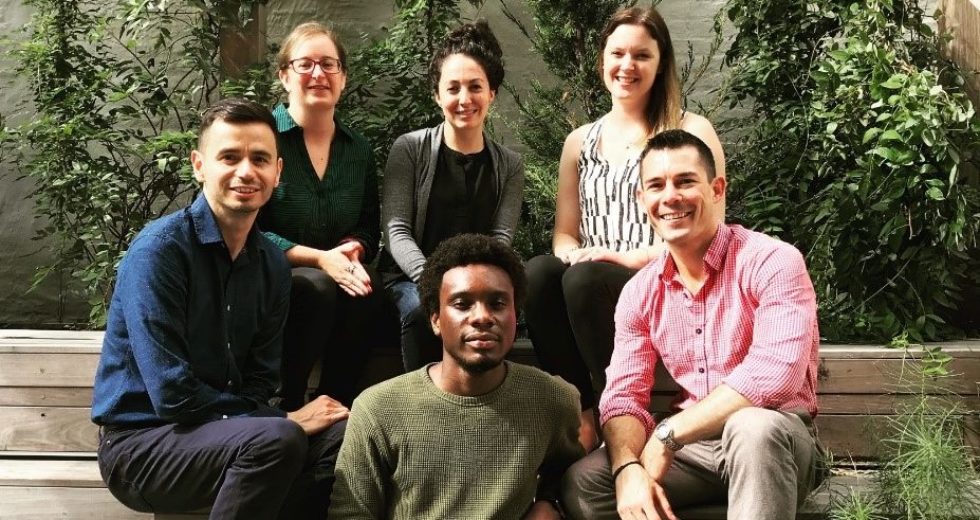Bringing Evidence to New York City’s Efforts to End Youth Homelessness
A city-wide youth homelessness system assessment

On a given night in New York City, more than 4,500 unaccompanied and parenting youth have been counted as sleeping on the streets or in shelters. This represents thousands of young people every day who face traumatic stress and lack the stability and support they need to thrive.
To address this challenge, New York is moving toward a coordinated, system-level response to ending youth homelessness. In June 2018, the city launched a Youth Homelessness Taskforce. In September 2018, the Mayor’s Office for Economic Opportunity awarded Chapin Hall a contract to conduct the city’s first youth homelessness system assessment.
The three-month assessment provided New York City agencies and stakeholders with insights into:
- The full range of housing programs and services available to youth experiencing homelessness
- The system capacity to deliver services effectively
- Young people’s experiences with systems and services
- Where critical service gaps exist
The assessment updated and enhanced the city’s current Youth Systems Map, produced a brief public report, and developed a framework for future needs analysis and research.
The team employed a mixed-methods approach. This included online surveys of community-based organizations and city agencies; focus groups and interviews with a range of stakeholders, including service providers, government officials, funders, and other local experts; a review of administrative data; and focus groups with diverse youth with lived experience of homelessness.
The team brought a collaborative approach to the assessment, working closely with city agencies and partners as well as the city’s Youth Action Board, a group of young leaders with lived experience of homelessness.
This project catalyzed the city’s efforts to address this challenge. It also continues to serve as an example for how other municipalities could conduct system assessments to inform coordinated efforts to ending youth homelessness.
To learn more about this project and how it could be done in other cities, contact principal investigator Dr. Melissa Kull.
 Thank you for your interest in Chapin Hall’s research. Please share some information to access this file.
Thank you for your interest in Chapin Hall’s research. Please share some information to access this file.